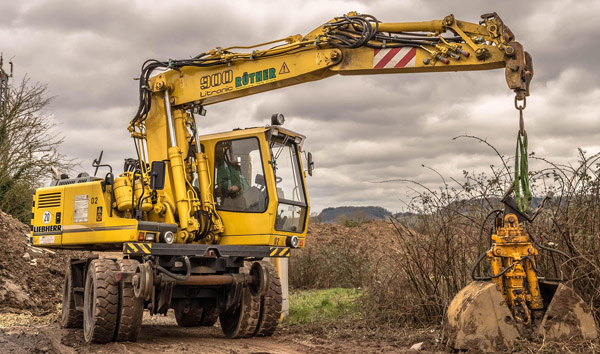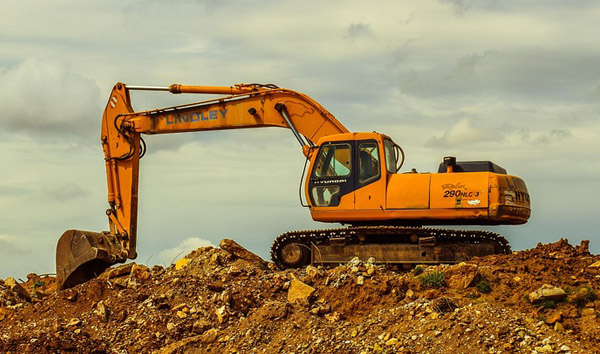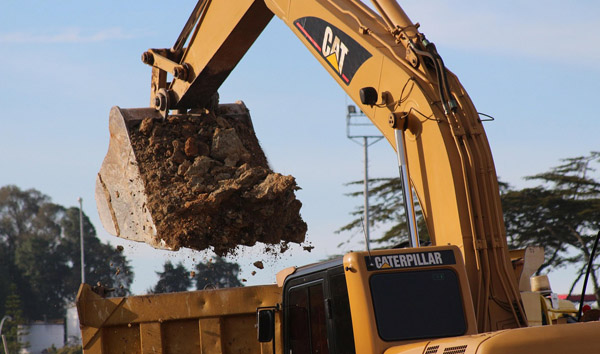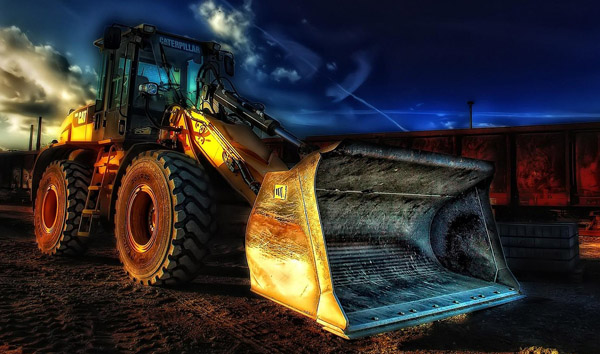Navigating the Robust Capabilities of Modern All-Terrain Forklifts
2025-07-25 05:45:30
This technical report explores the critical specifications of all-terrain forklifts, emphasizing their design, performance metrics, and operational adaptability in challenging environments. By analyzing industry data, we highlight key features that distinguish these machines from conventional forklifts.
1. Introduction to All-Terrain Forklift Specifications All-terrain forklifts are engineered for versatility, combining rugged construction with advanced mobility features. Unlike standard forklifts, these machines are designed to operate on uneven surfaces, including gravel, mud, and sand. Key specifications include load capacities ranging from 3,000 to 12,000 lbs, depending on the model, and lift heights extending up to 20 feet. Their robust tires—often pneumatic or solid—ensure stability across diverse terrains.
2. Engine and Power Performance The heart of an all-terrain forklift lies in its powertrain. Most models utilize diesel or LPG engines, delivering 50–100 HP to handle heavy loads efficiently. Industry reports indicate that modern units incorporate turbocharged engines, reducing fuel consumption by 15% while maintaining torque output. Additionally, hydrostatic transmissions provide seamless speed control, critical for navigating slopes and rough ground. These specifications make all-terrain forklifts indispensable in construction and agriculture.
3. Chassis and Stability Enhancements A reinforced chassis is a hallmark of all-terrain forklifts, ensuring durability under extreme conditions. Features like oscillating axles and four-wheel drive (4WD) improve traction, while dynamic stability systems prevent tipping. According to OEM data, the average ground clearance of 10–12 inches allows these forklifts to traverse obstacles effortlessly. Such specifications underscore their superiority in off-road applications compared to standard forklifts.
4. Operator Ergonomics and Safety Features Modern all-terrain forklifts prioritize operator comfort and safety. ROPS (Roll-Over Protective Structures) and FOPS (Falling Object Protective Structures) are standard, alongside adjustable suspension seats and intuitive control panels. Noise levels are kept below 85 dB, complying with OSHA standards. These specifications enhance productivity while minimizing fatigue during prolonged use in harsh environments.
5. Industry Applications and Future Trends All-terrain forklifts are widely deployed in sectors like mining, forestry, and logistics, where conventional forklifts falter. Emerging trends include hybrid powertrains and telematics for real-time performance monitoring. With global demand projected to grow at 6.2% CAGR (2023–2030), manufacturers are refining specifications to meet evolving industry needs, ensuring these machines remain at the forefront of material handling innovation.
By dissecting these specifications, it’s evident that all-terrain forklifts are engineered for resilience, efficiency, and adaptability—qualities that redefine material handling in demanding settings.














